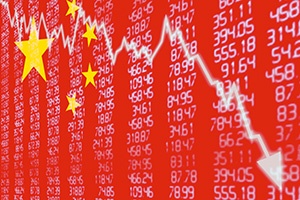Yesterday, we talked about why it might be 1998—or 1999—all over again. After all, many of the conditions are similar. Although growth continues for now and we may get a lifeline, you might be concerned that the economy could be settling into a recession in the next couple of quarters. Our most recent experience of a recession and market decline, 2008–2009, has left horrific memories. So, should we be panicking? In a word, no.















